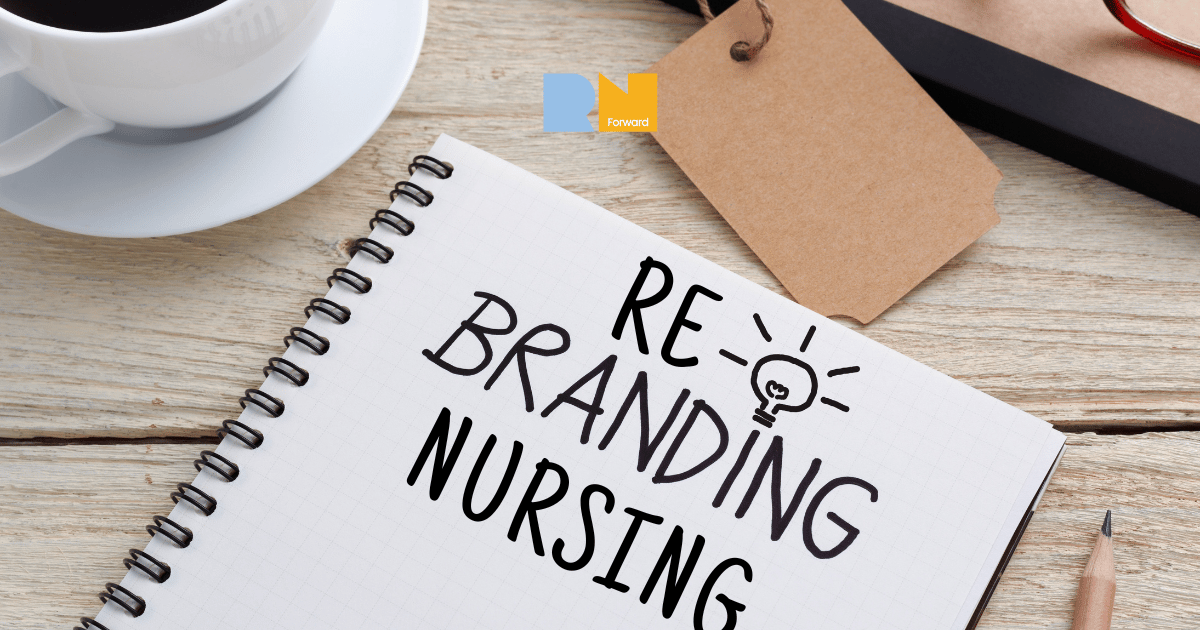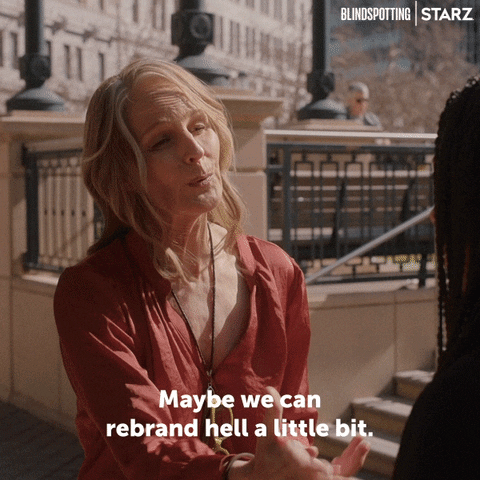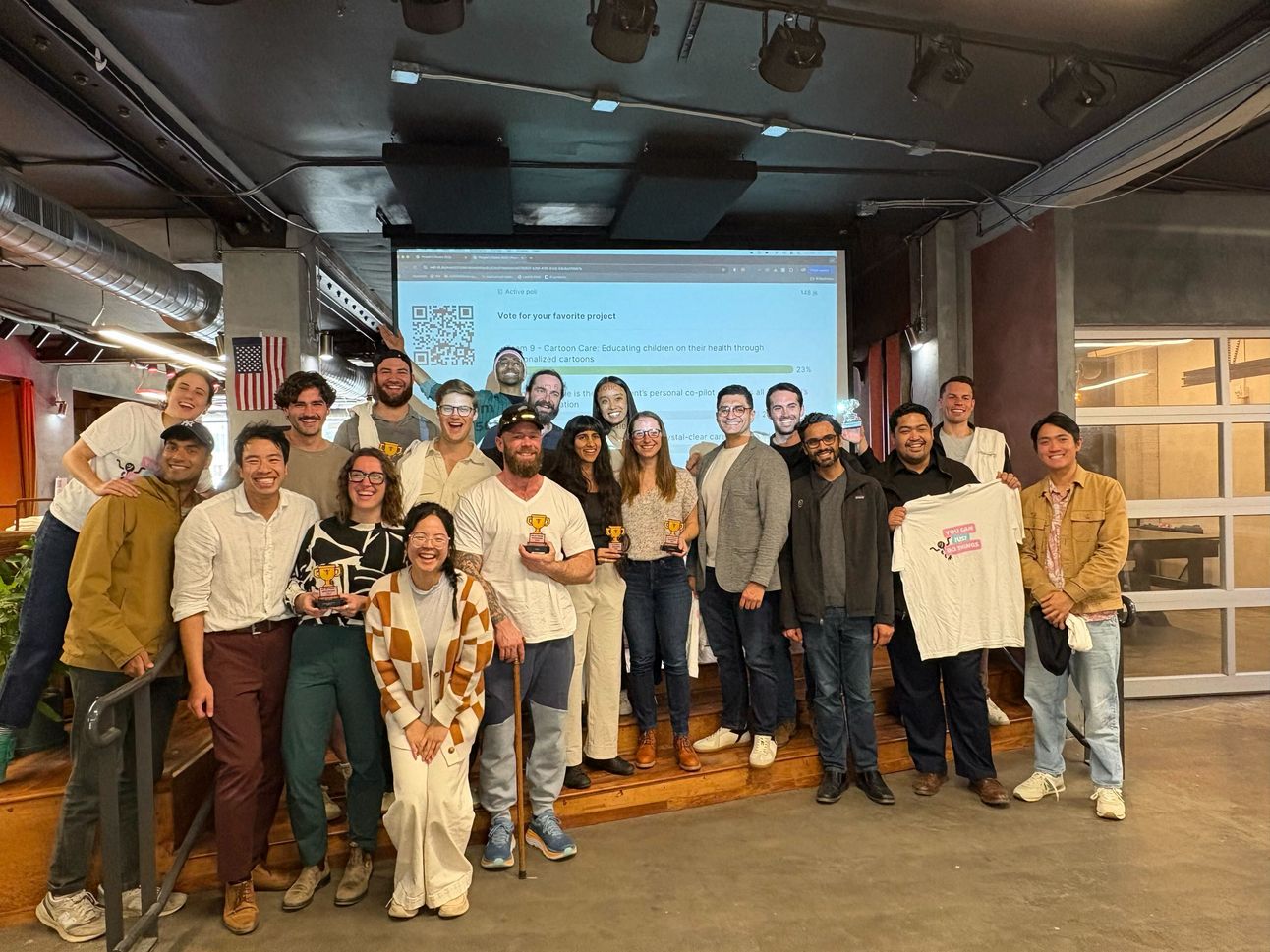- RN Forward
- Posts
- 🗞️ Rebranding Nursing, Building Co-Pilots
🗞️ Rebranding Nursing, Building Co-Pilots
From reclaiming our narrative to AI tools built by and for clinicians, this edition dives into resource guides, performance pay, care navigation risks, and what Nurses can learn from pediatric storybooks.

Team Huddle
Nursing has a branding problem. People don’t know all that we can do and in part, that is because of the way we downplay the importance of our role within healthcare. To combat this, I challenge you all to answer more in-depth when someone asks you, “What did you do at work today?”. Instead of saying, “It was a regular 12 hour shift. 🤷🏻♀️” say:
“I did a central line dressing today which helped prevent my patient from getting an infection.”
“I caught a medication error before it reached my patient and worked with the team to fix the order.”
“I coordinated with social work and case management to make sure my patient wouldn’t be discharged without home care.”
. . . the list goes on!

If Nurses share the importance of what we do everyday more often, more conversations around the quality and financial metrics we impact are sure to follow. 😄
News Nurses Need to Know
ANA’s Innovation branch released an all-in-one resource guide for Nurse Innovation
Details: This comprehensive resource guide compiled by the ANA's Innovation Advisory Committee provides nurses with a curated roadmap to explore business, entrepreneurship, and intrapreneurship (BEI) as a way to transform patient care, advance leadership, and build innovative health solutions. Check out 60+ resources including startup tools, funding opportunities, accelerators, education programs, legal/financial templates, podcasts, and an in-depth FAQ to answer your BEI 101 questions. 👀
Why it matters: If you look at other healthech and innovation resource guides, they’re usually never geared specifically towards Nurses. Well now there is! This PDF is a great place to get started. Stay tuned as I plan on diving further to create a resource page expanding on healthtech + innovation for Nurses.
2025 Out of Pocket Health Healthcare AI Hackathon Projects
2025 OOP Health Hackathon Winners
Details: 17 fully built demos created in just 36 hours by strangers working together for the first time. I was one of those strangers. The People’s Choice winners were: 🥇 Cartoon Care, an AI-powered tool that generates personalized pediatric storybooks to help kids understand their health; 🥈 Copi, a co-pilot for new parents that passively collects and organizes a child’s health data across platforms; and 🥉 Code Blue Copilot, a voice-powered assistant that replaces the "recorder" during hospital code events with real-time documentation and prompts. Other standout projects tackled everything from automating referrals and dementia caregiver support to patient inbox triage, genomic interpretation, and real-time patient advocacy. The hackathon’s undeniable trend is clinician-validated, multimodal AI tools designed to improve workflow and patient communication.
Why it matters: All 3 winners highlight 3 big lessons I think Nurses need to know: 1) Cartoon Care - your idea does not have to be technically difficult to gain traction. Creativity goes a long way. 2) Copi - Make the process of trying your tech SO EASY, that adopting it in day to day life becomes a no-brainer. 3) Code Blue Co-Pilot - Yes. I am biased because my (amazing!) team built this, but it shows that nursing pain points have possible technical solutions. The people who can help you create the solution are out there! We as Nurses just have to start sharing our story in spaces where people are motivated to fix it.
Our Nurses, Our Future: The Economic Power of Care report by the International Council of Nurses (ICN)
Details: In honor of ICN’s conference last week, I want to resurface this banger report they shared from 2024. Highlights includes: 1) Every $1 invested in nursing = $2-$4 return through better outcomes, gender equity, and economic growth. 2) There are 29M nurses globally but we need ~60M more to meet universal health targets. 3) Nurse turnover rates are as high as 36% (costing systems $37k of loss per nurse), 4) Governments should place nurses in leadership and policymaking roles to play a core role in high-performing health systems.
Why it matters: Proof of economic returns tied to nursing investment is an imperative took to negotiate with executives, VCs, or policymakers as they currently see nursing as a costly labor spend. It also shows the amount of money systems lose when nurses leave the profession due to burnout. Lesson here = money talks! 🤑
Amir Kiani’s “Why I Am Pivoting from LLMS for Clinical Care Navigation”
Details: After 9 months of prototyping LLM-powered cancer care navigation tools (including EHR-integrated web apps, HealthKit-based iOS apps, and side-effect explainers), Amir is pivoting away from patient-facing clinical LLM use due to three core structural challenges: 1) context building, 2) grounding, and 3) usefulness. Despite building working products that pulled MyChart PDFs, annotated terms, and provided appointment prep tools, Amir found that LLMs routinely failed silently, offered confident but inaccurate output, and were not safe enough for patients making life-or-death decisions. Regulatory ambiguity (Apple’s repeated rejections of HealthKit-based apps), fragmented medical data, and the lack of a viable business model for high-risk, low-margin, direct-to-consumer health tech were the last nails in the coffin. ⚰️
Why it matters: A fundamental job within nursing is care navigation. Whether its inpatient, outpatient, or through the insurance system, we are intimately close these navigation workflows. There’s are a plethora of gaps within care navigation on the patient and clinician sides so the temptation for many Nurse’s is to build the care navigation niche. And i’m not saying you shouldn’t. However, take Amir’s learnings to save yourself some trouble down the road → ⚠️ At this time, replacing care navigators with unsupervised AI is dangerous but augmenting clinician workflows is feasible. This can be your starting point.
Enterprise Compensation Models in Nursing
Details: Health systems are exploring enterprise-wide compensation models for nurses that tie performance incentives to clinical and operation outcomes (i.e. HCAHPS scores, infection rates, and care quality metrics). For example, Indiana University Health implemented a system-wide incentive program where payouts are given annually for meeting institutional targets (some reaching up to $1,000! HCA could never, lol 🥲). For this to work, there needs to be transparency on how metrics are selected, clear communication from administration, and nurse participation in program design to avoid unintended morale or equity issues.
Why it matters: Nurse pay tied to performance unlocks a whole new layer of innovation incentive, especially when quantifiable clinical metrics are financially incentivized. Yay for more opportunities to show our economic impact! 👏🏻 However, to capture this new data, nurse informatics and analytics teams must be involved in building the analytic infrastructure. If a team who doesn’t understand nursing workflow builds it, odds are, we won’t be capturing the right data. If implemented correctly, these programs can reinforce valuable behaviors, skills, and innovation; therefore resulting in positive culture change.
Details: ATC Model cards are transparency tools (similar to nutrition labels on food products) that help us evaluate AI vendors more rigorously. These standardized cards offer clear, concise data on model training, testing, validation, and governance, enabling quicker but evidence-based procurement decision-making.
Why it matters: Nurses in leadership, informatics, diligence roles can access the transparent data to determine if this vendor is right for their use cases. Or if you’re just nosy like me, you can read it just to learn how the healthtech market is evolving.
Funding Announcements
💸 = Hiring potential. Follow these companies closely to see Nurse-qualified positions posted. Remember: Just because some positions don’t say “Nurse”, doesn’t mean you aren’t qualified!
Sword Health, a digital MSK provider, raised $40M thus reaching a $4B valuation.
Quilt Health, a platform connecting patients with complex conditions to clinical trials, raised $6M in a seed round.
Eli Health, a continuous hormone monitoring platform, raised $12M in a Series A.
Somnee, maker of sleep-enhancing wearables, raised $10M in a seed extension round.
Salvo Health, a hybrid GI platform, added $4M to its seed round.
Guide Health, a VBC enablement platform, raised $10M from Emory Healthcare. (Remote jobs!)
Hellocare.ai, an ambient clinical AI startup, raised an undisclosed amount from Mayo Clinic. Mayo is joining 3 other major health systems to invest in Hellocare.ai since April 2025 after their $47M Series A raise.
Commons Clinic, a next generation health system, raised $26M to launch a new whole-body preventive care platform.
Other Notable Reads and Podcasts
READ
📚 2016’s Triple Impact of Nursing report. TLDR; nursing’s triple impact includes better health outcomes, gender equality, and economic growth. A must read for all nurses wanting to make systems level change.
📚 Part 1 and Part 2 of Liz Rockett’s 3 part series “Read This Before You take Venture Capital in Healthcare”.
LISTEN
🎧 Vox’s 4 part series on AI called Good Robot.
🎧 The Heart of Healthcare’s episode, “Digital Health’s Evidence Problem”.
✍️ On The Blog
Forward Nursing: Learning Opportunities 🏃🏻♀️
Round-up of learning and career development opportunities i’ve come across that can help nurse innovators like YOU! (Not sponsored or affiliated with RN Forward.)
Why Nurses Make the Best Entrepreneurs: Ilana of M7 Health’s Story (Webinar)
TBH: I’ve been following M7 and Ilana’s journey closely. She is one of the prime examples of Nurse Founders that are excelling in the healthtech innovation space. Get a chance to learn and ask questions on how she made the pivot from bedside nurse to co-founder and CEO of a fast growing startup.
When: June 25, 2025 from 1-2PM EST.Cost: Free
Register now
SONSIEL’s Mentorship Program
TBH: Its a new program so I cannot vouch for the quality of mentors however, you miss 100% of the shots you don’t take. So applying can’t hurt! For Nurse Forwardist readers who happen to be in leadership roles, I urge you to apply as a mentor. There are many nurses out there who could use your guidance!
Cost: $100 (SONSIEL membership)
Due Date: None
Apply now


Reply